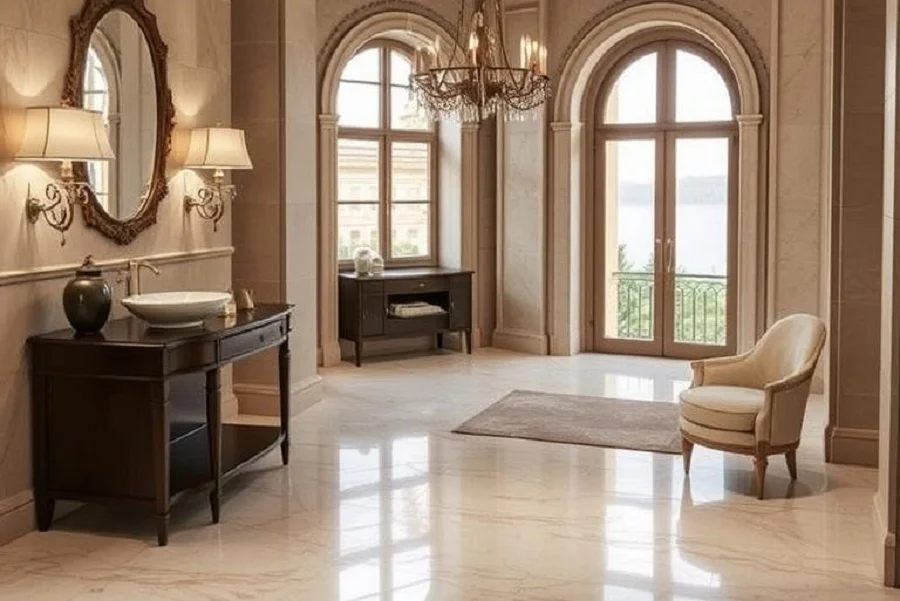
Marble And Travertine Flooring In Spain
In Spain, architecture is a conversation between sunlight, nature, and history. At the heart of this dialogue lies natural stone. From the sun-drenched courtyards of Andalusia to the chic apartments of Madrid, stone floors provide a cooling touch and a timeless foundation. Understanding the nuances of Marble and travertine flooring in Spain is essential for anyone looking to create a home that is both authentically Spanish and elegantly modern. These materials are not just building supplies; they are a piece of the country's soul.
This article serves as an expert guide to selecting the perfect stone for your home. We will explore the deep-rooted tradition of these materials, compare their unique characteristics, and provide practical advice for choosing and maintaining your Marble and travertine flooring in Spain, ensuring a result of lasting beauty.
The Deep-Rooted History of Stone in Spanish Architecture
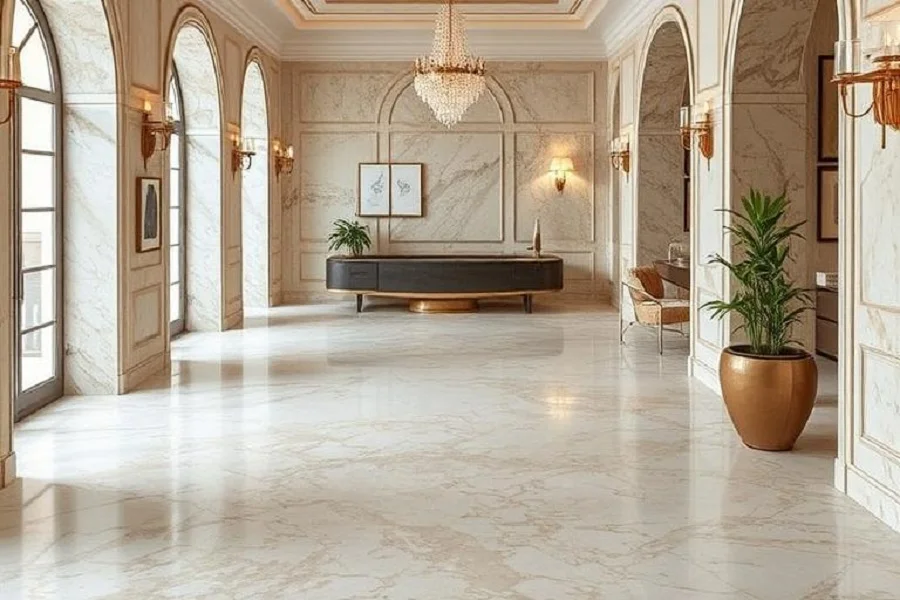
The use of marble and travertine in Spain is a practice steeped in centuries of history. It is a testament to the materials' enduring appeal and practical suitability for the region. Choosing stone flooring is a way of connecting a modern home to a rich architectural legacy, embracing a tradition that has proven its worth time and time again.
A Legacy from Roman Times to Modern Designs
The story of stone floors in Spain begins with the Romans, whose opulent villas featured intricate marble mosaics. This legacy was continued by the Moors, who used polished marble to create the breathtaking, serene spaces of palaces like the Alhambra in Granada. Today, this tradition lives on as contemporary architects and designers continue to use marble and travertine to craft spaces that feel both luxurious and grounded, proving the timelessness of these noble materials.
Natural Cooling: The Perfect Match for Spain's Climate
Beyond its beauty, stone flooring is an intelligent choice for the Spanish climate. Marble and travertine have high thermal mass, meaning they absorb ambient heat and remain cool to the touch, even on the hottest summer days. This natural cooling effect creates a more comfortable indoor environment and can even reduce reliance on air conditioning. This makes Marble and travertine flooring in Spain a practical and sustainable choice that perfectly complements the Mediterranean lifestyle.
Marble vs. Travertine: Choosing the Right Stone for Your Spanish Home
While both are iconic choices, marble and travertine offer distinct personalities. Marble speaks of elegance, sophistication, and luxury, often with a polished, reflective surface. Travertine offers an earthier, more rustic charm with its characteristic textures and warm tones. The right choice depends entirely on the aesthetic you wish to achieve and the atmosphere you want to create in your Spanish home.
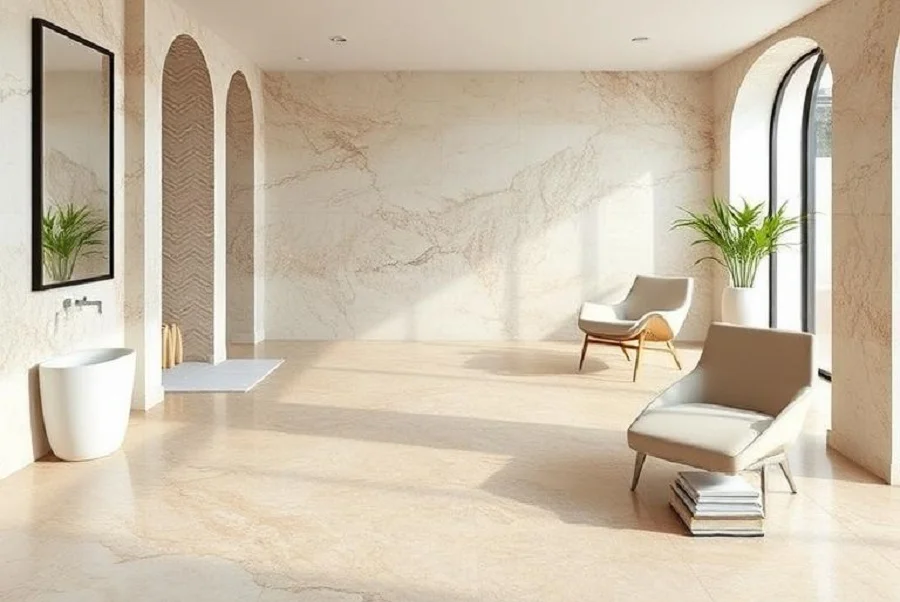
The Sophisticated Luster of Marble: Key Spanish Types
Marble is the definitive choice for a high-end, elegant look. Its smooth surface and intricate veining can turn any floor into a work of art. Spain is home to some of the world's most sought-after marble varieties, each with a unique character. At FMA Marble, we specialize in sourcing the finest selections of these national treasures.
· Crema Marfil: A world-renowned beige marble from Alicante, prized for its uniform color and warm, inviting tone
· Rojo Alicante: A striking red marble, also from Alicante, that makes a bold and luxurious statement
· Nero Marquina: A deep black marble from the Basque Country with dramatic white veining, perfect for contemporary designs
The Earthy Charm of Travertine: Embracing the Mediterranean Style
Travertine offers a softer, more understated beauty. Formed in mineral springs, it has a naturally pitted surface that gives it a unique texture and a sense of history. It is the quintessential stone for creating a relaxed, Mediterranean feel. Its warm, earthy tones are perfect for rustic fincas, coastal villas, and outdoor terraces, creating a space that feels welcoming and deeply connected to the natural landscape of Spain.
What to Know Before Installing Marble and Travertine Flooring in Spain
Proper selection and installation are crucial to ensuring your stone floor's beauty and longevity. Beyond choosing the type of stone, you must consider the finish and the specific maintenance requirements, especially given the Spanish climate. These practical decisions will have a significant impact on the final look and performance of your Marble and travertine flooring in Spain.
The Importance of Finish: Polished, Honed, and Tumbled Options
The finish of the stone dramatically alters its character. A polished finish creates a high-gloss, reflective surface that highlights the stone's color and veining, ideal for a formal, luxurious look. A honed finish offers a matte, non-reflective surface that feels smooth and contemporary, helping to hide minor scratches. A tumbled finish provides a rustic, aged look with softened edges, perfect for a more traditional or relaxed feel and often used for travertine.
Care and Maintenance for Lasting Beauty
To keep your stone floors looking their best in Spain's sunny environment, a few key maintenance steps are essential. Proper care will protect your investment and ensure the floor remains a beautiful feature of your home for decades.
· Protect from harsh, direct sunlight with curtains or blinds to prevent potential fading over time
· Ensure the stone is properly sealed upon installation and resealed periodically to protect it from stains
· Clean spills promptly and use only pH-neutral cleaners specifically designed for natural stone
FMA Marble: The Expert Choice for Your Marble in Spain
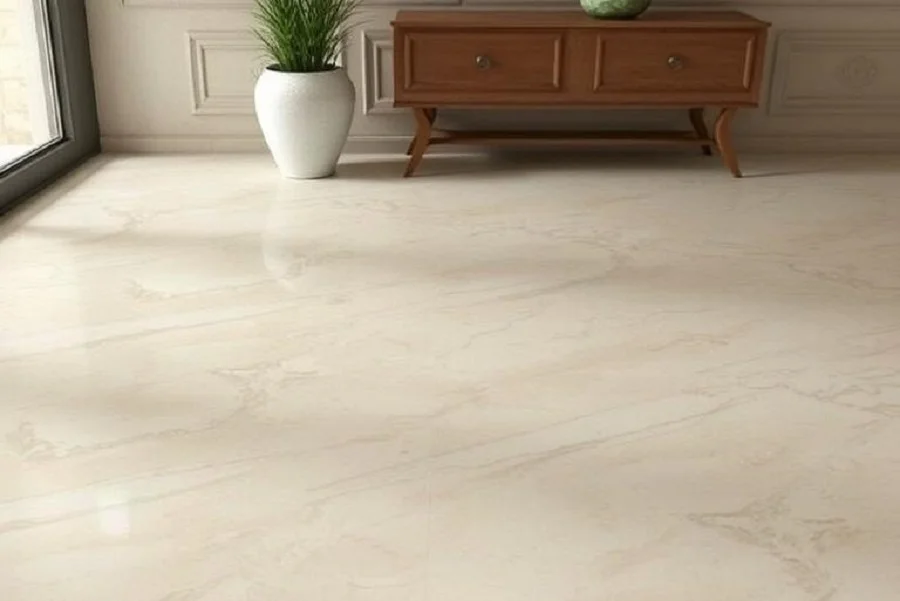
Choosing Marble and travertine flooring in Spain is about more than just selecting a material; it's about connecting your home to a rich heritage of design and craftsmanship. It requires balancing timeless aesthetics with practical considerations to find the perfect stone that reflects your personal style. This journey is best navigated with a trusted local expert.
At FMA Marble, we live and breathe Spanish stone. As a premier supplier, we have unparalleled access to the finest national quarries and a deep understanding of every material we offer. Our experts are here to guide you through the selection process, ensuring you find the ideal Marble and travertine flooring in Spain for your project. Contact us today to schedule a consultation and begin your journey.
Frequently Asked Questions (FAQ)
Is travertine or marble better for outdoor patios in Spain?
Travertine is often preferred for outdoor use. It stays cooler in the sun than many marbles, and its naturally textured or tumbled finish provides better slip resistance for pool surrounds and terraces.
Which Spanish marble is the most famous?
Crema Marfil, a beautiful beige marble quarried in the province of Alicante, is arguably the most famous and widely exported Spanish stone, celebrated for its warm, consistent color.
Does marble flooring add value to a property in Spain?
Absolutely. High-quality natural stone flooring is seen as a luxury feature that significantly enhances the aesthetic appeal, perceived quality, and overall market value of properties across Spain.

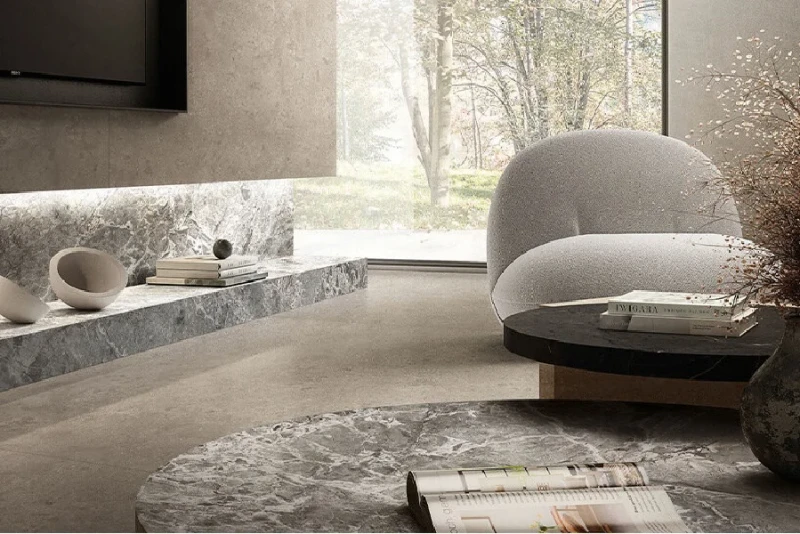

comments
No Comment YetLeave a Comment